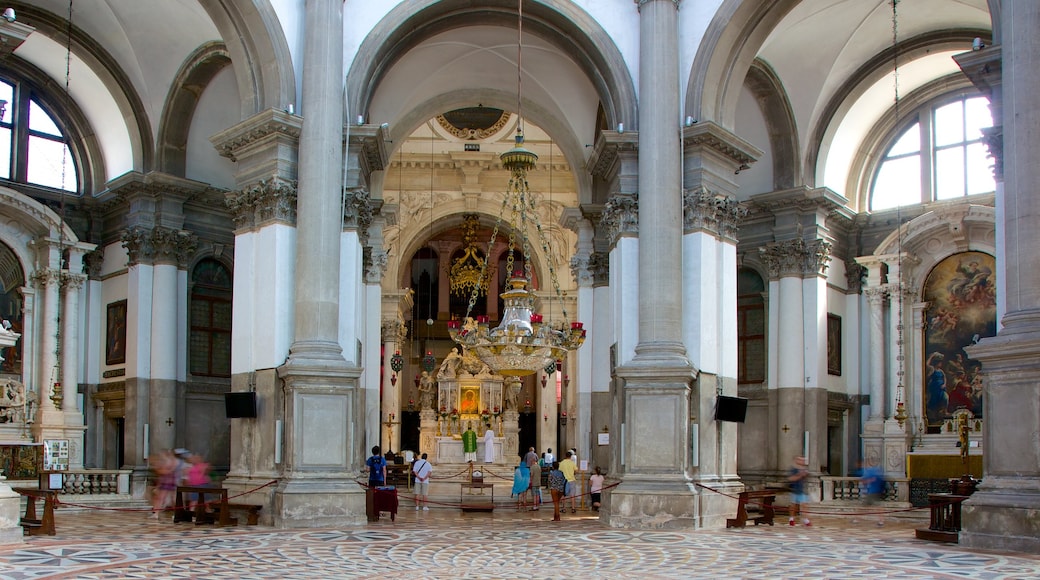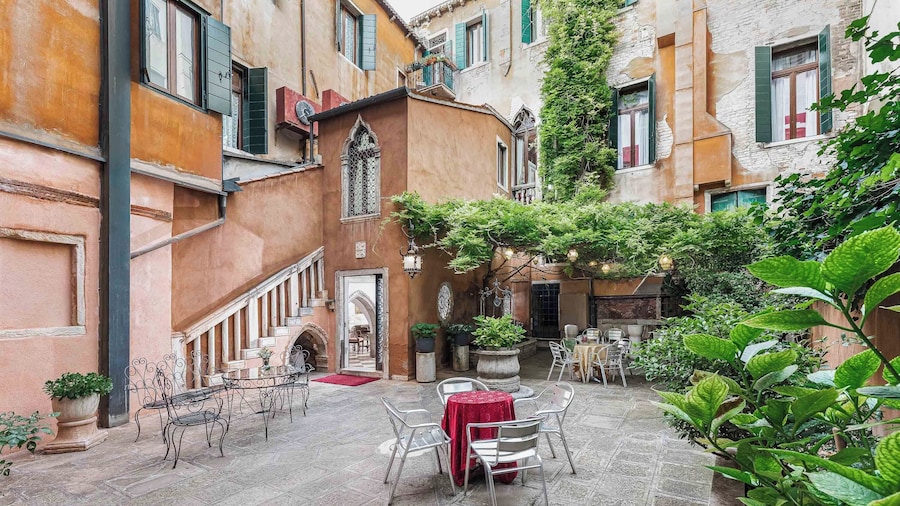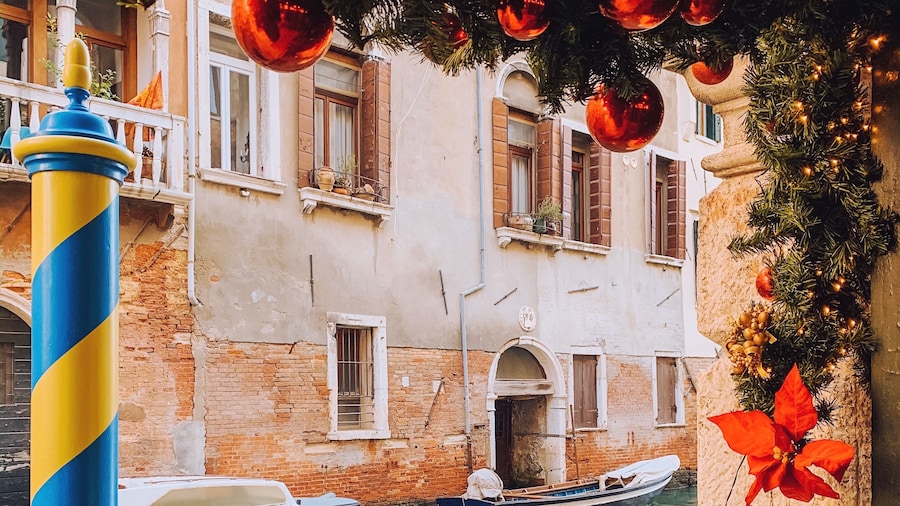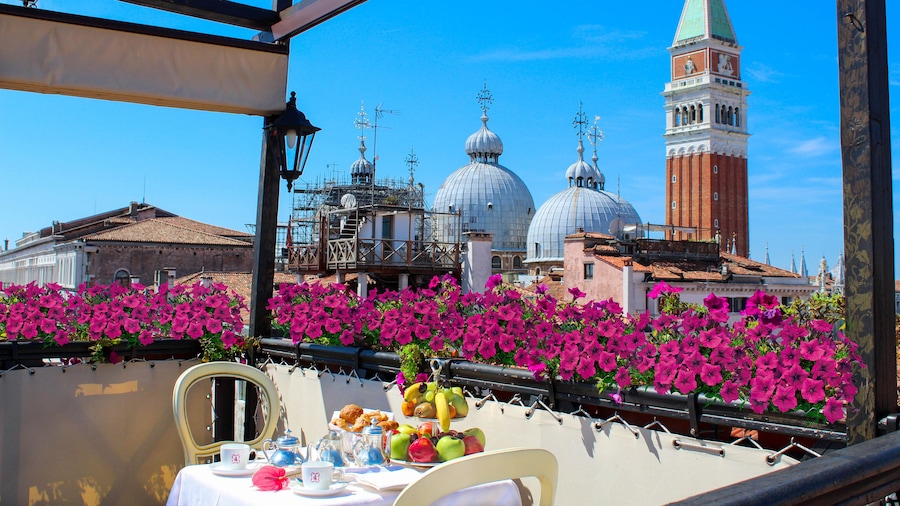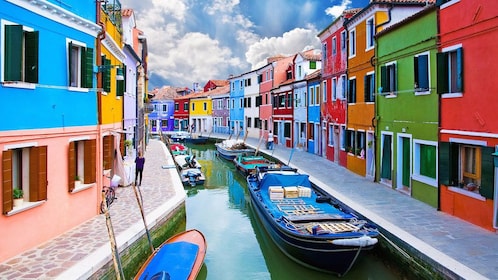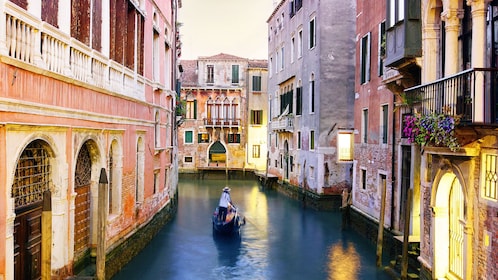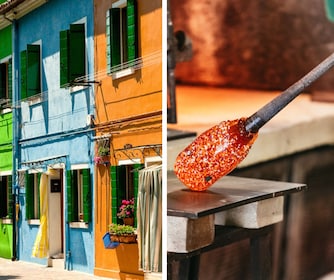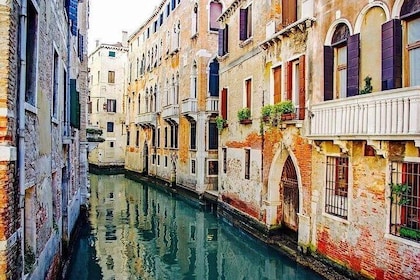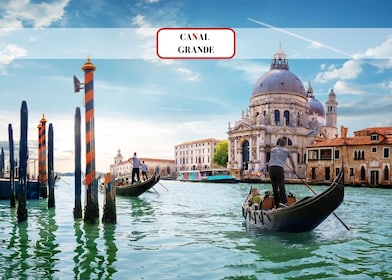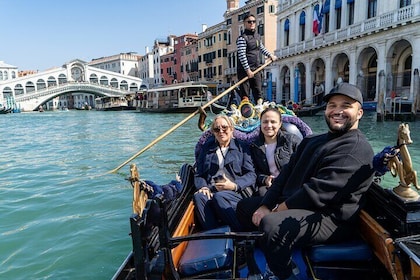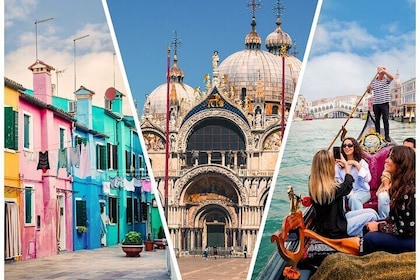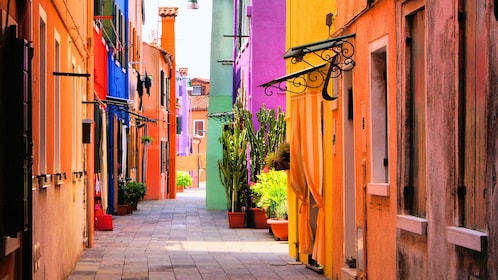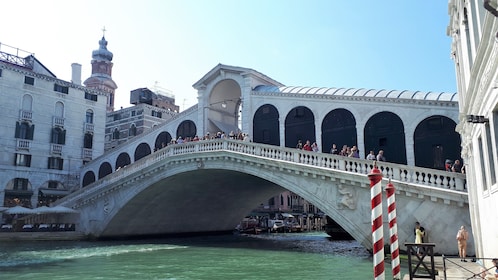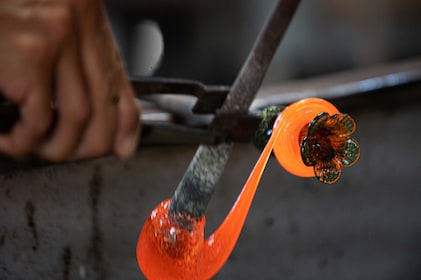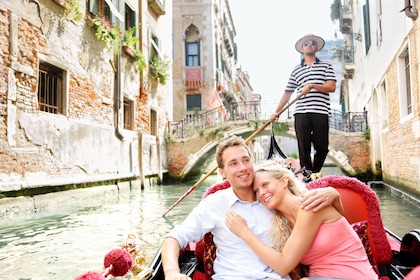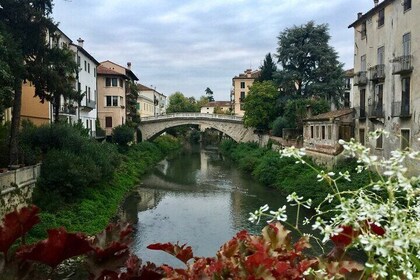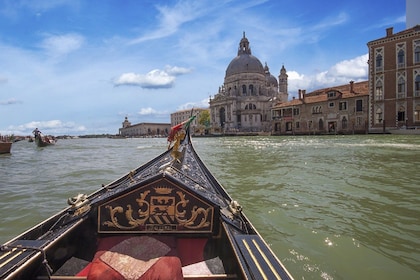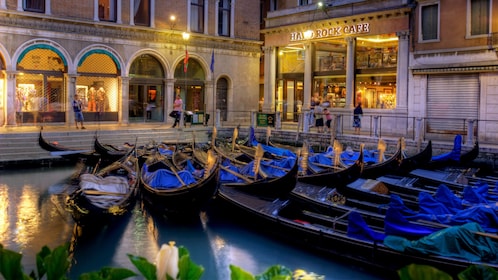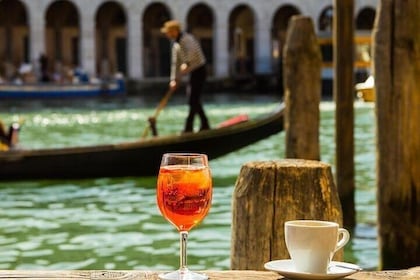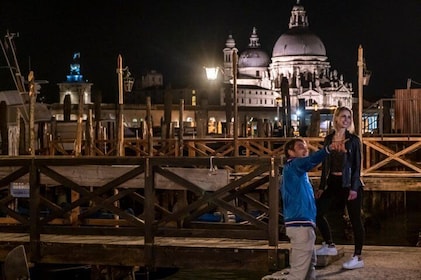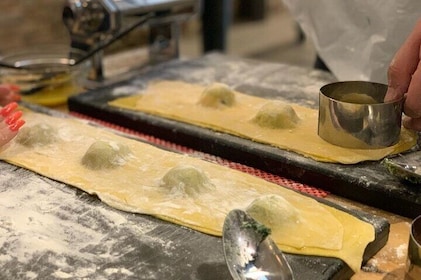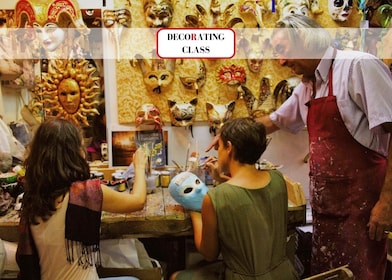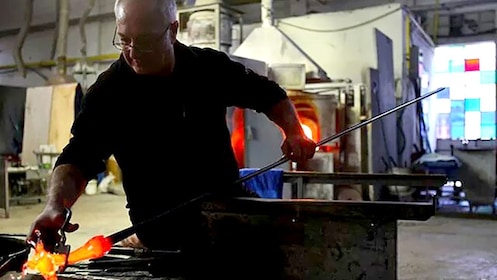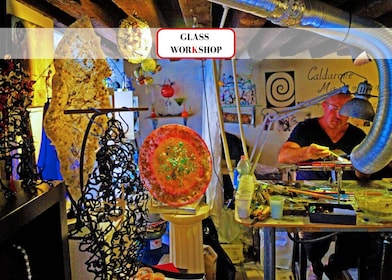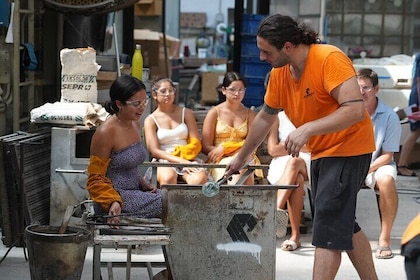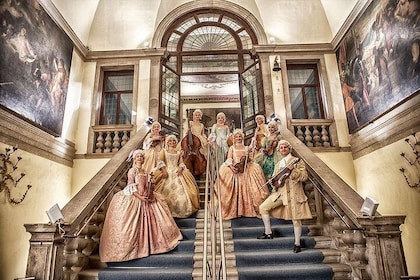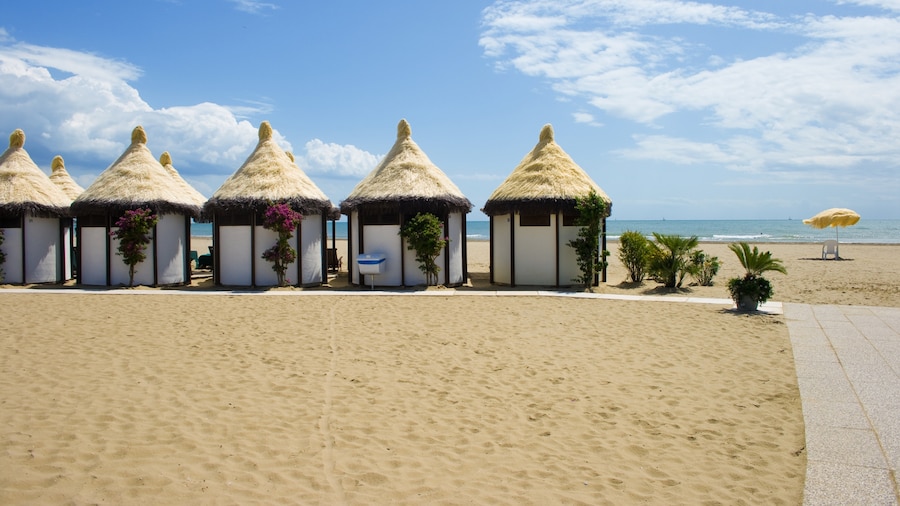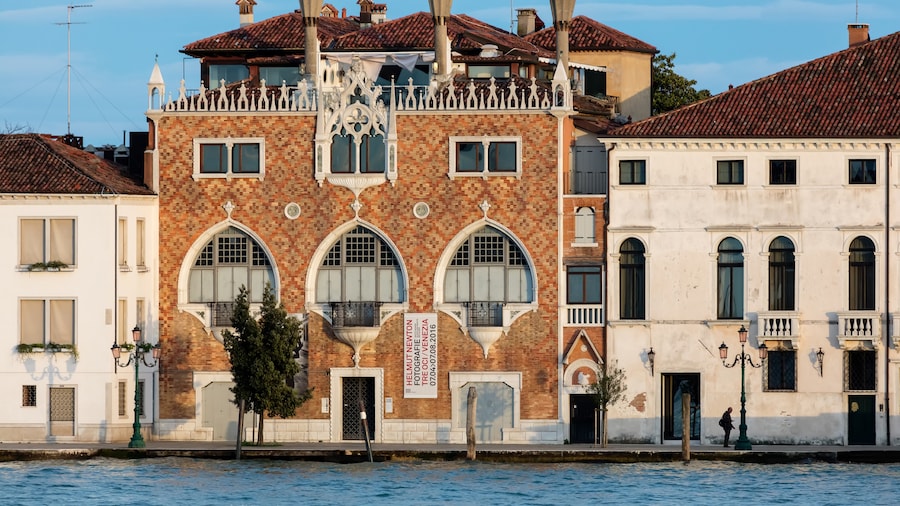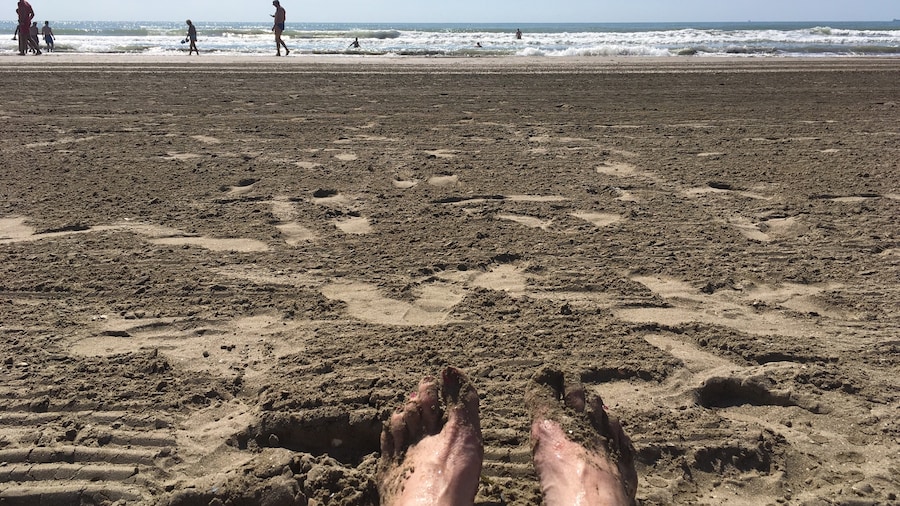See exquisite architectural flourishes and a collection of Renaissance masterpieces in this basilica that stands sentry at the entrance to Venice’s Grand Canal.
Basilica di Santa Maria della Salute is one of the largest churches in Venice and has dominated the city’s skyline since its completion in 1687. Built in devotion to the Virgin Mary after a severe outbreak of the plague, La Salute features a superb design envisioned by the young architect Baldassere Longhena. Admire the basilica’s architecture from the junction of the Grand Canal and the Giudecca Canal. Enter the sacristy to see an awe-inspiring collection of paintings by Titian and Tintoretto.
Spend some time taking in the architectural wonder of the basilica’s façade. Its design combines Palladian classicism with Greco-Roman temples and engineering ingenuity. The Venetian Senate commissioned the basilica after the city was delivered from the Black Death, a plague that killed almost a third of its population in 1630. Attributing the end of the plague to divine intervention, a basilica was planned with no expense spared. Thousands of wooden piles create a platform for the immense octagonal building. Admire the warm glow of the façade’s Istrian stone and marmorino, which is brick embellished with marble dust.
Make your way into the basilica to see its cavernous interior. You’ll see the Baroque high altar, which showcases Byzantine-era icons of Madonna and Child, as well as a group of statues by Flemish sculptor Josse de Corte depicting The Queen of Heaven Expelling the Plague. Chapels radiate from the points of the octagon. Explore the exquisite sacristy to see a series of beautiful paintings, including 12 artworks by Titian. You can also see a depiction of the biblical story of Jonah and the Whale by Palma Il Giovane.
Basilica di Santa Maria della Salute is located on the narrow Punta della Dogana and marks the entryway into the Grand Canal. It can be seen when entering the Piazza San Marco from the water. Admire the basilica as you pass by on a gondola or sightseeing boat trip. The basilica is free to enter however, there is a small admission fee to access to the sacristy. Both are open daily.




